Towards a Unified Theory of Forces: The Bee Theory and the Wave-Based Unification
1. The Quest for a Unified Theory: Challenges in Modern Physics
One of the grandest ambitions in theoretical physics is the unification of the fundamental forces that govern the universe: gravity, electromagnetism, and the strong and weak nuclear forces. Currently, these forces are explained through two distinct frameworks: general relativity, which describes gravity, and the Standard Model of particle physics, which accounts for the other three forces. Despite their successes, these models remain incompatible in extreme conditions, such as the singularities at the center of black holes or the quantum scales of the early universe. The Bee Theory seeks to address these limitations by proposing a novel framework where all forces emerge from a unified wave-based field.
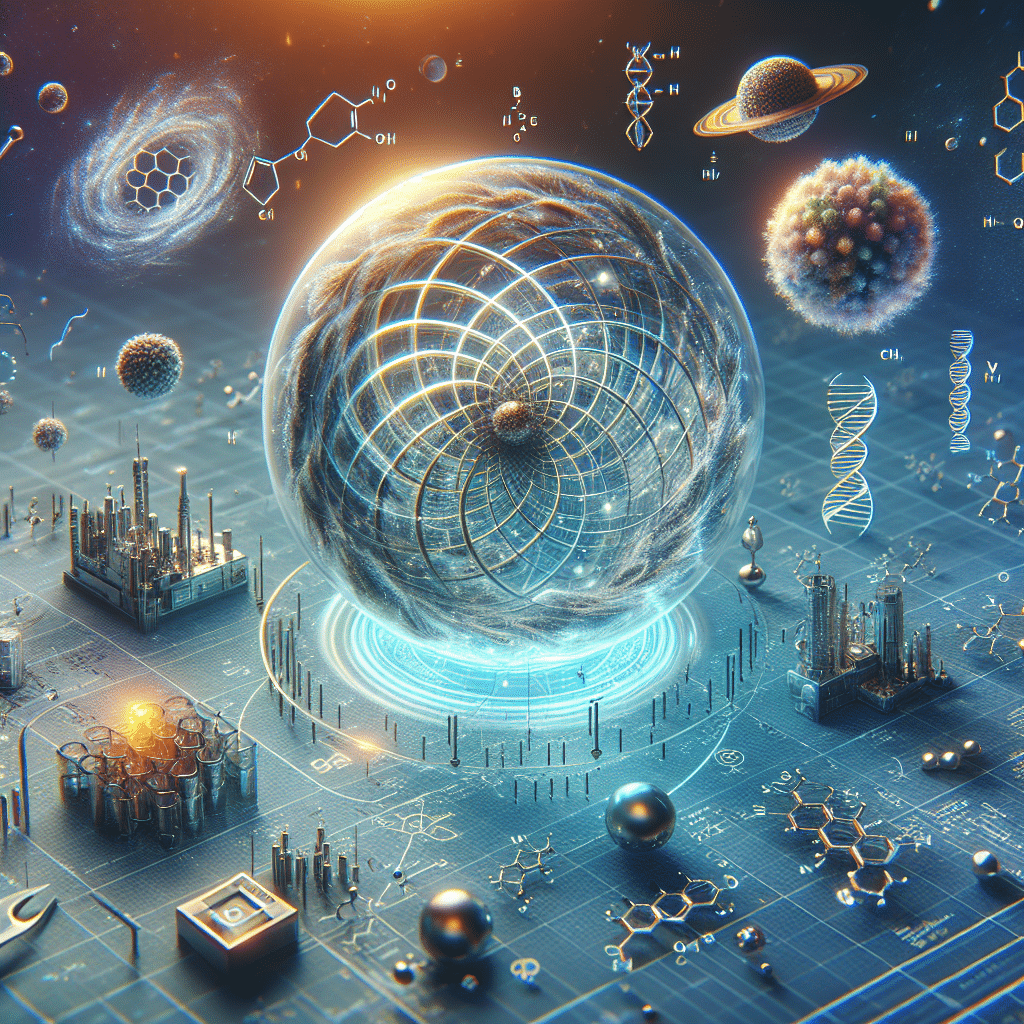
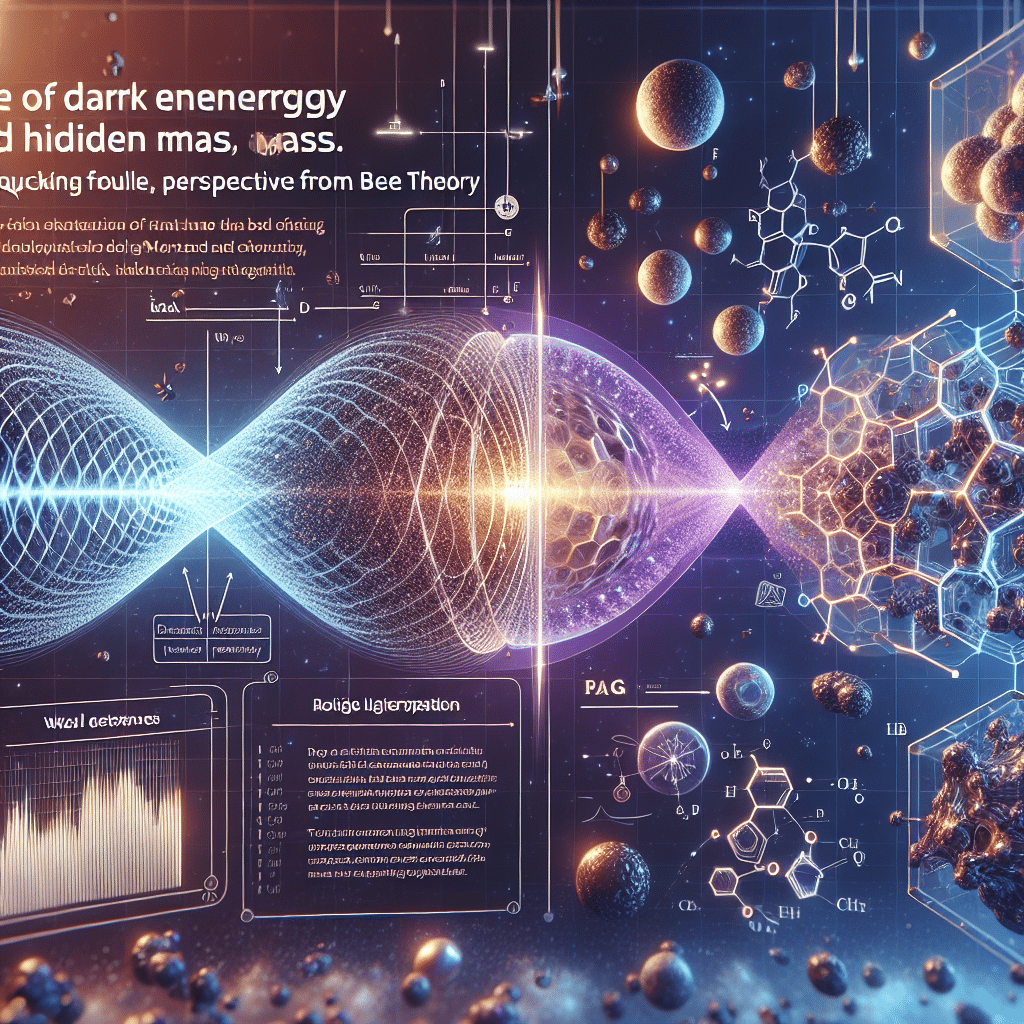
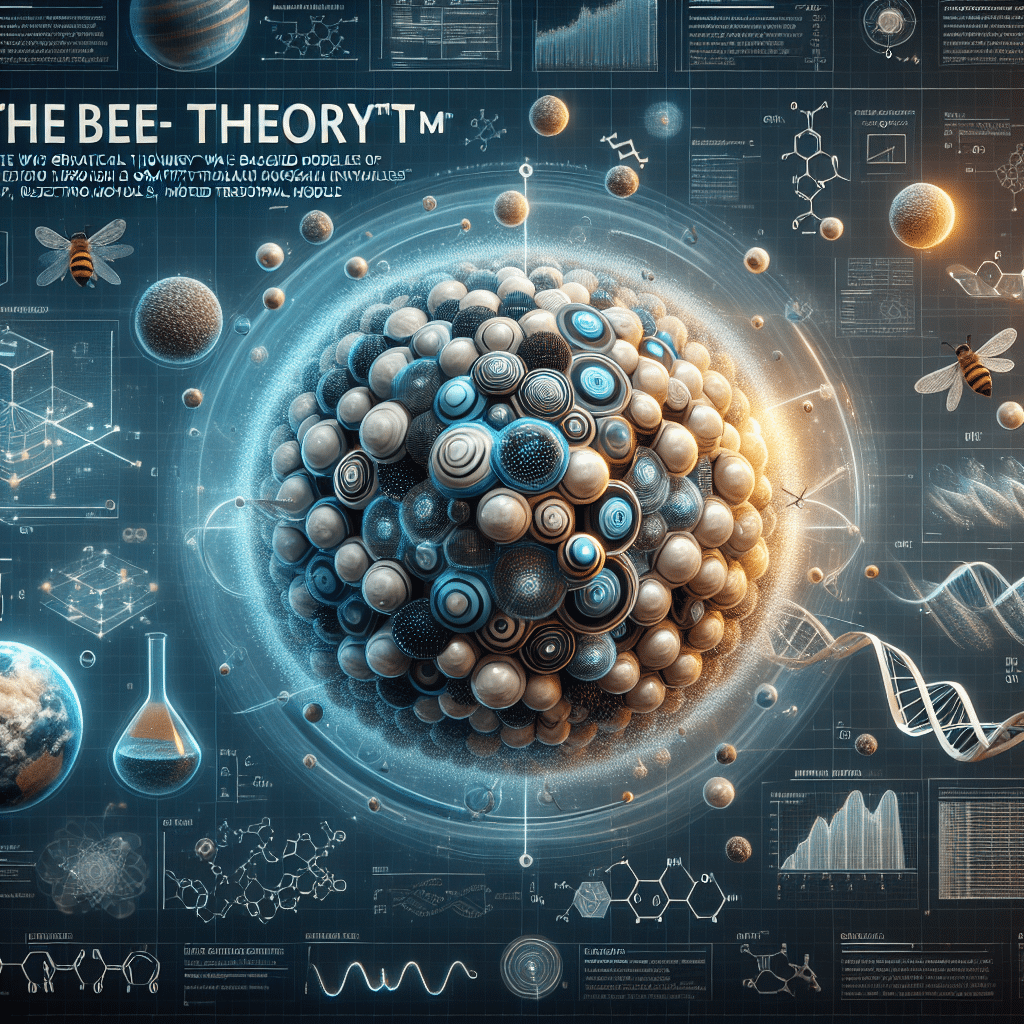
2. Theoretical Foundations: Waves as the Building Blocks of the Universe
At the core of the Bee Theory lies the revolutionary idea that waves, rather than particles, are the fundamental mediators of all interactions. Unlike conventional models that rely on discrete force-carrying particles (e.g., photons for electromagnetism, gluons for the strong force, and the hypothetical gravitons for gravity), the Bee Theory posits that all forces can be understood as variations or modulations within a universal wave field. These waves provide a continuous and interconnected structure, linking phenomena across scales—from subatomic particles to galaxies.
This wave-based approach builds on existing scientific insights, such as quantum field theory’s depiction of particles as excitations in fields, and Einstein’s description of gravity as the curvature of spacetime. However, the Bee Theory extends these concepts by integrating them into a unified framework rooted in wave dynamics.
3. Rethinking Gravity: A Wave-Based Interaction
In the Bee Theory, gravity is no longer a “force” mediated by particles or acting at a distance. Instead, it is a natural consequence of wave modulations within spacetime itself. This perspective aligns with Einstein’s general relativity, which interprets gravity as the curvature of spacetime, but enhances it by incorporating wave-based dynamics. Gravitational waves, experimentally confirmed by LIGO’s groundbreaking detections, serve as direct evidence of this wave-like behavior.
From this standpoint, massive objects generate oscillations in the wave field, which manifest as gravitational interactions. These oscillations propagate through the universal wave field, seamlessly connecting gravity to other forces within the framework.
4. Electromagnetic and Nuclear Forces: A New Perspective
The Bee Theory also reimagines electromagnetism and nuclear forces, traditionally explained through force-carrier particles like photons,
W,
Z-bosons, or gluons. Instead, these interactions are interpreted as localized variations in the intensity, frequency, or phase of the universal wave field.
For instance:
- Electromagnetic interactions arise from oscillations in the wave field caused by electric charges, where the frequency of these oscillations determines the strength and behavior of the forces.
- Strong nuclear forces, which bind protons and neutrons, are modeled as high-frequency oscillatory patterns within the wave field that stabilize subatomic structures.
- Weak nuclear forces, responsible for certain forms of radioactive decay, emerge as phase shifts or modulations in the same wave field.
This unified interpretation not only simplifies the description of these forces but also opens pathways for a deeper understanding of phenomena that remain challenging for the Standard Model, such as neutrino behavior and asymmetries in matter.
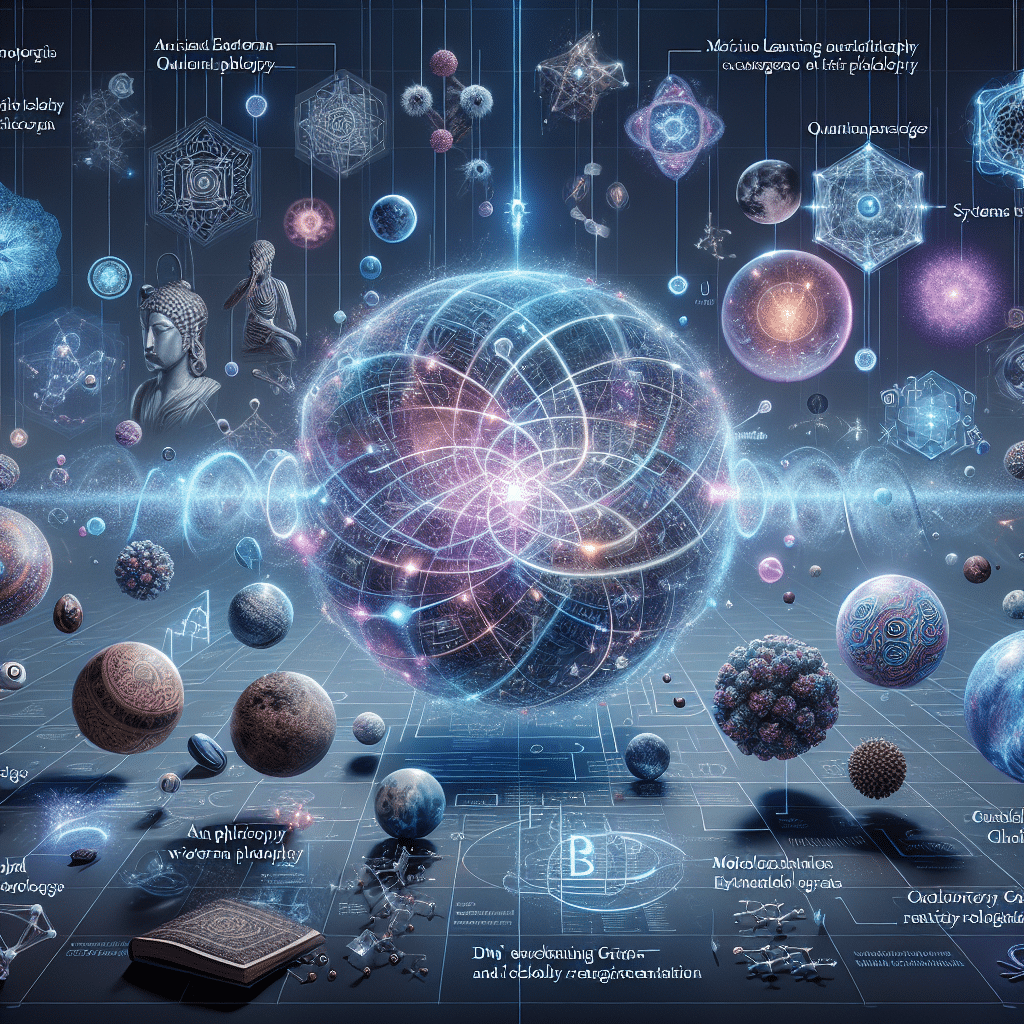
5. Transitioning from Particles to Fields: The Role of Wave Dynamics
A fundamental shift introduced by the Bee Theory is the transition from a particle-centric view to a field-centric one. In this perspective, particles are not fundamental entities but are instead localized excitations or “wave packets” within the continuous wave field.
This approach harmonizes with quantum field theory while providing a broader, more intuitive interpretation of the universe’s dynamics. Phenomena like the dual wave-particle nature of matter, dark matter, and dark energy can be reinterpreted as emergent properties of wave interactions within the universal field.
6. Toward a Theory of Everything: Unifying Physics with the Bee Theory
The ultimate goal of the Bee Theory is to create a “Theory of Everything”—a framework capable of describing all known forces and interactions within a single unified model. By placing waves at the center of its approach, the Bee Theory reconciles the smooth, continuous nature of spacetime described by relativity with the quantized, probabilistic behavior observed in quantum mechanics.
This wave-based perspective offers an elegant and cohesive vision for addressing some of the deepest mysteries in physics:
- How can gravity be reconciled with quantum mechanics?
- What is the nature of dark matter and dark energy?
- How do fundamental forces emerge from the same underlying principles?
If validated, the Bee Theory has the potential to revolutionize not only our understanding of the cosmos but also the way we approach scientific questions about existence, interaction, and the fabric of reality itself.
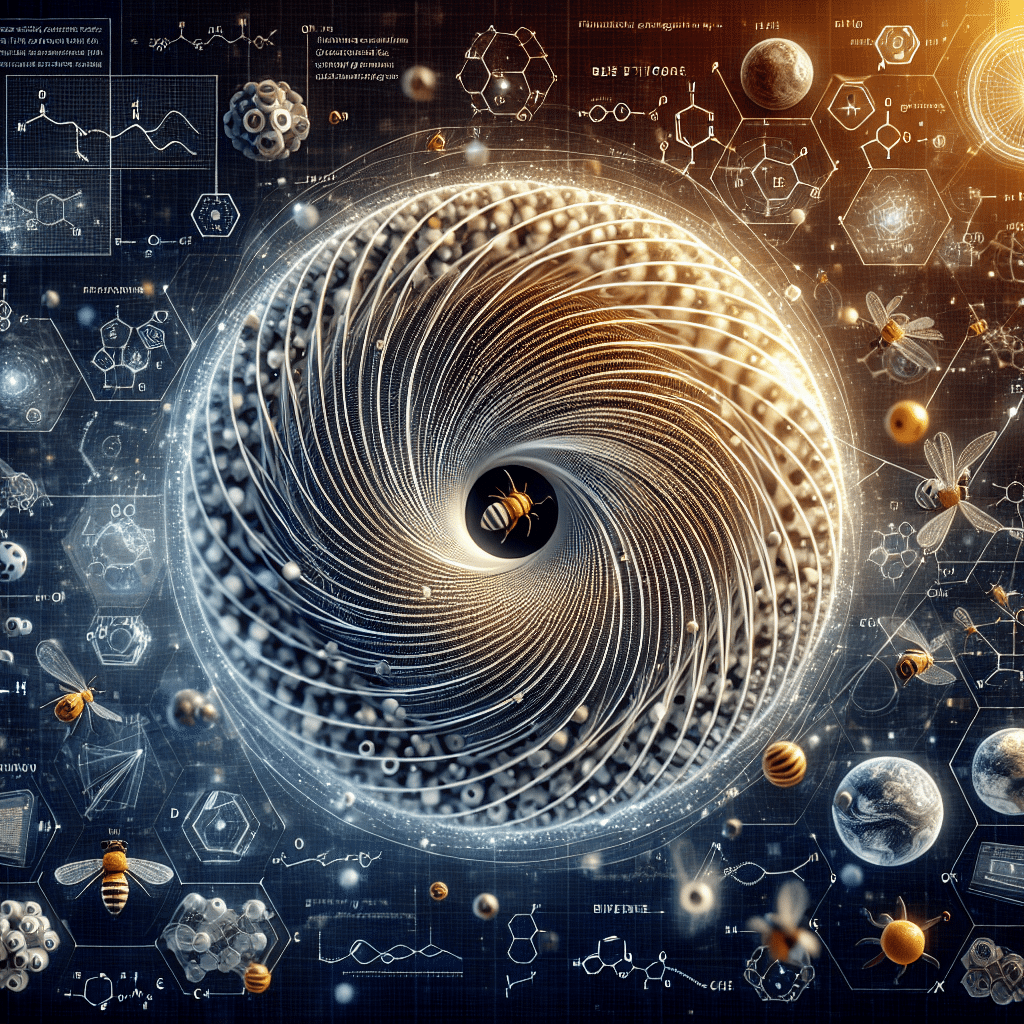
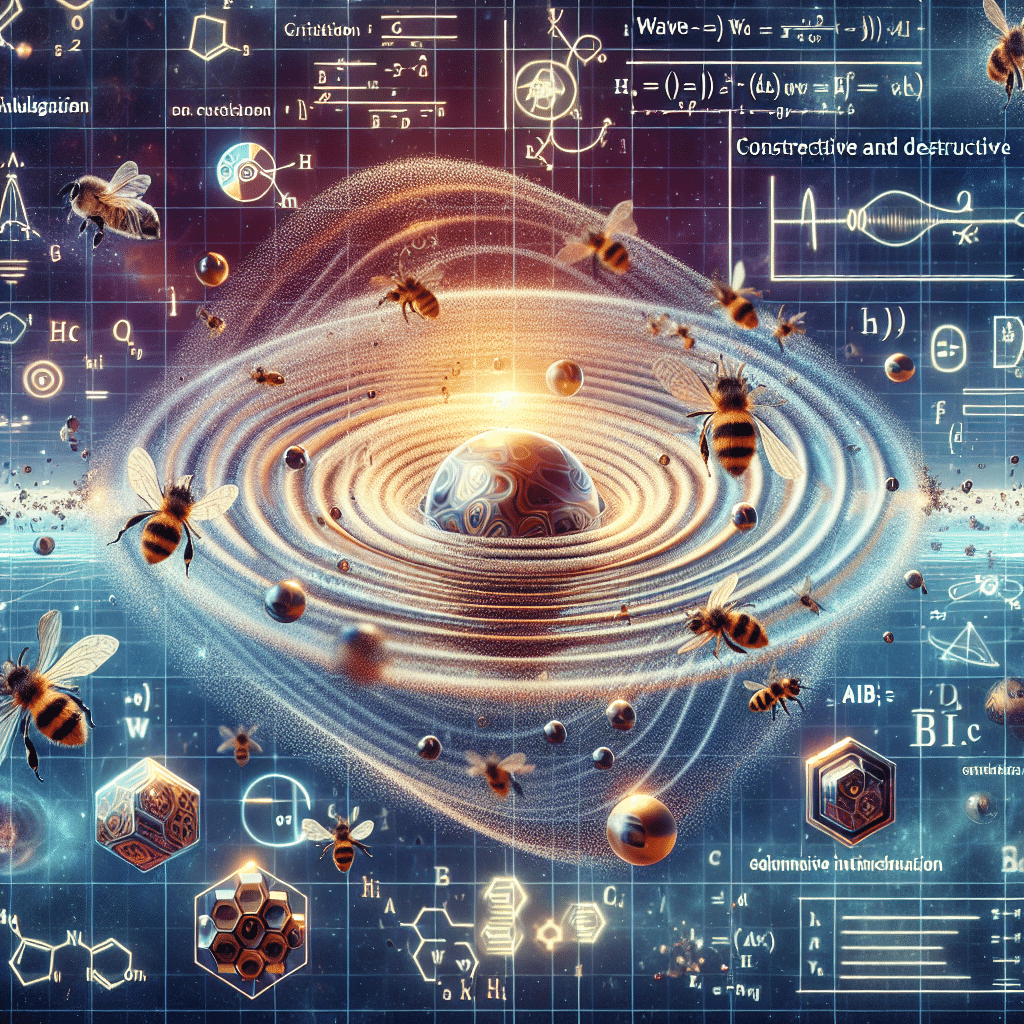
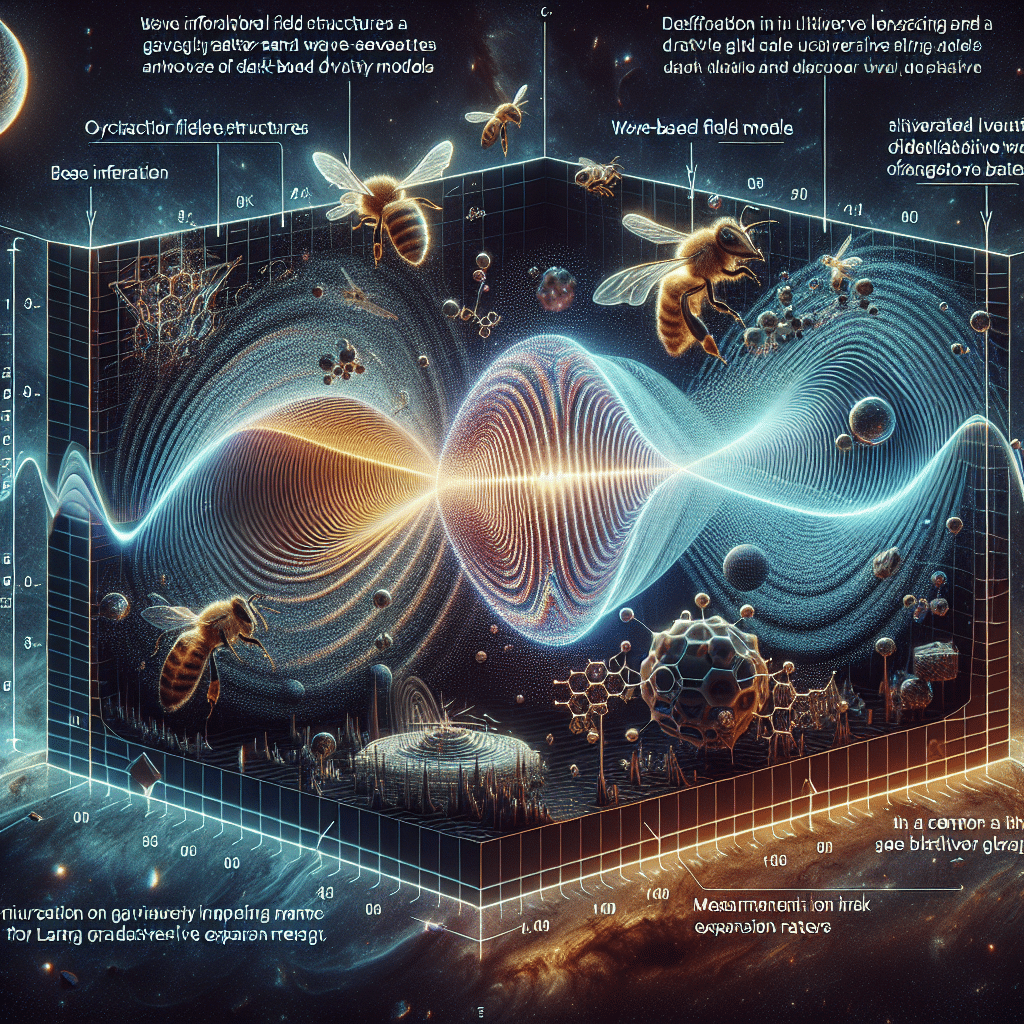
Conclusion: A New Frontier in Physics
The Bee Theory challenges the status quo by offering a wave-based framework that unifies the fundamental forces and redefines our understanding of the universe. By shifting the focus from particles to waves, it paves the way for a new era in physics—one that embraces interconnectedness, continuity, and the power of dynamic wave fields. As research and exploration continue, the Bee Theory stands as a beacon of hope for solving some of the greatest puzzles in modern science, offering a cohesive narrative for understanding everything from the smallest particle to the grandest cosmic structures.